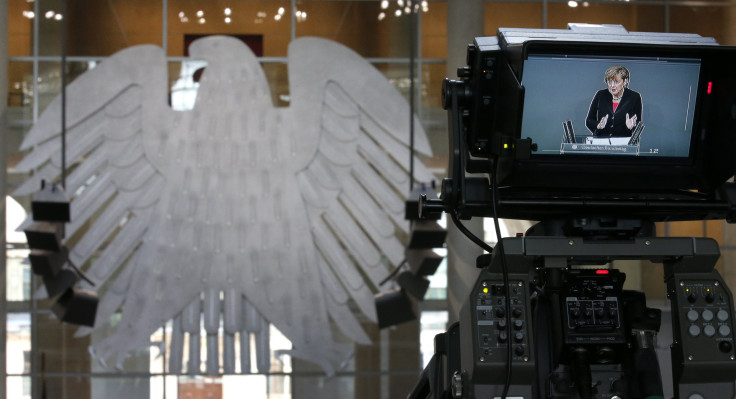German Jobless Numbers Rise Unexpectedly; Blame The Weather

The number of Germans joining the ranks of the unemployed in May was the highest in five years, raising concern that Europe’s largest economy could be slowing down amid a delicate eurozone recovery. On the other hand, economists also pointed to a mild winter in Northern Europe and Germany’s strongest first-quarter growth in three years as evidence that May’s figures are nothing to be concerned about.
The number of jobless Germans increased by 24,000 to 2.9 million on a seasonally adjusted basis, according to the country’s Federal Labor Agency. Economists polled by Thomson Reuters had expected a decline of about 15,000 jobless. The unemployment rate held steady at 6.7 percent, one of the lowest rates in Europe.
In a typical season, German construction firms reduce workforce numbers in the coldest winter months and re-hire in the spring. But this past winter was mild, which means construction projects were able to work through the winter. This might have inhibited hiring that would have taken place in May.
"The mild winter, which had flattered German economic data a bit in the first quarter with strong GDP growth and job market gains, is now striking back," Christian Schulz, an economist at Berenberg, told Reuters. The country’s GDP grew by a seasonally adjusted 0.8 percent in the first quarter, the best performance in three years. “Germany’s labor market remains on a strong positive trend despite the slight May setback,” Shulz added.
“At the moment, everything’s still fine economically speaking,” Andreas Scheuerle, an economist at Dekabank in Frankfurt, told Bloomberg.
© Copyright IBTimes 2024. All rights reserved.






















